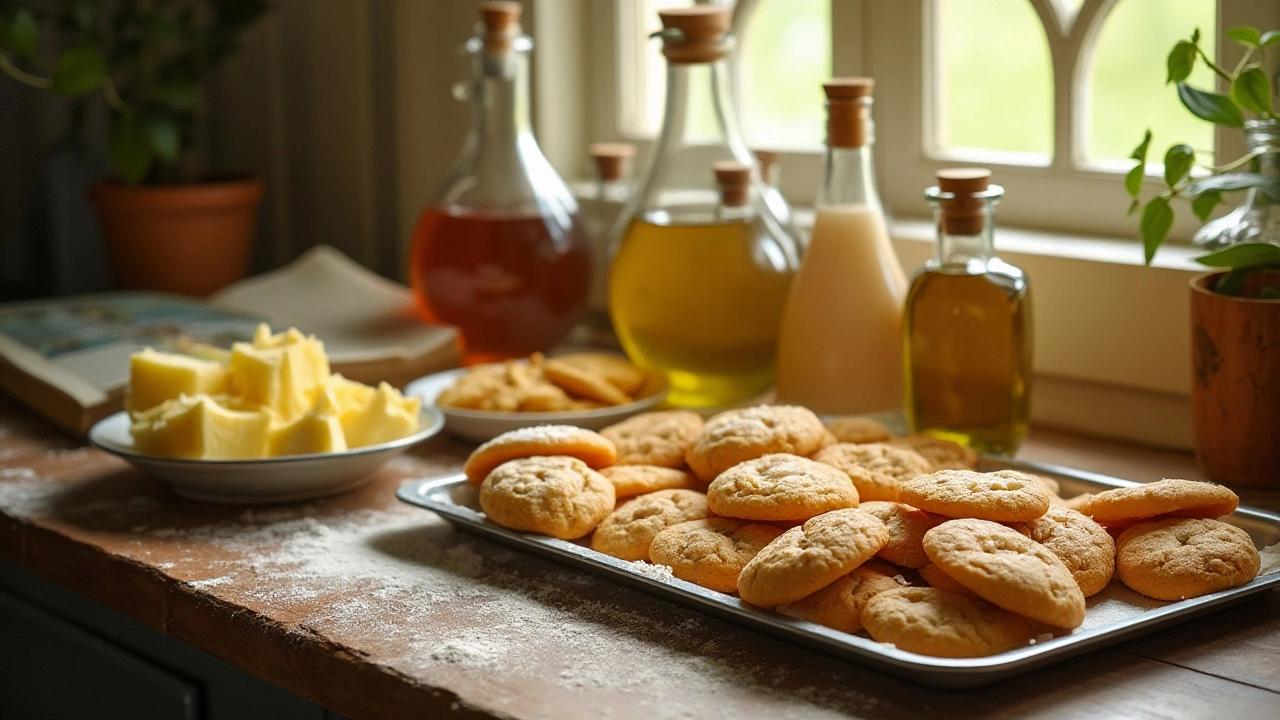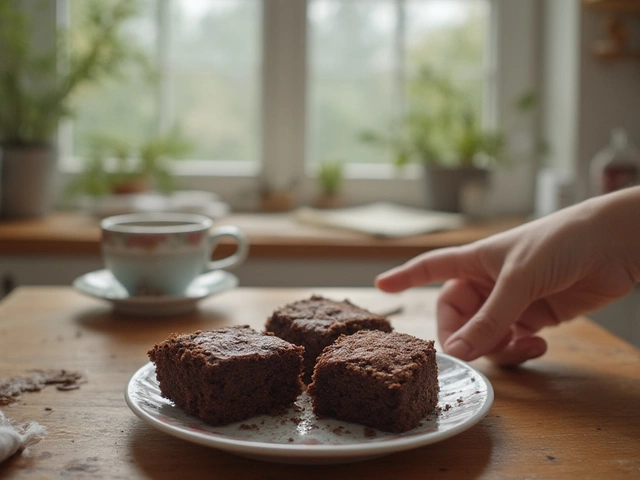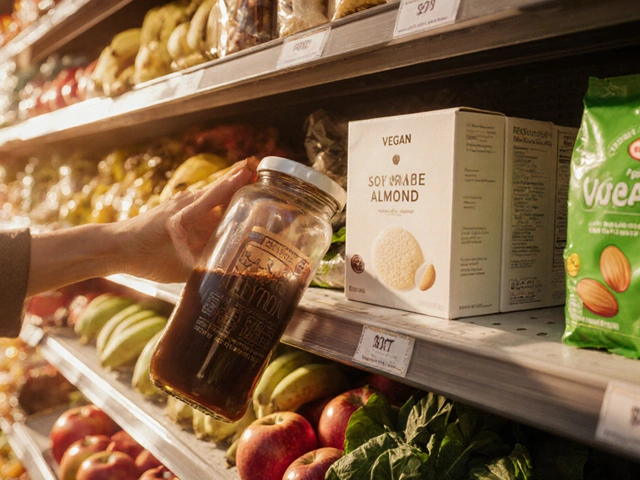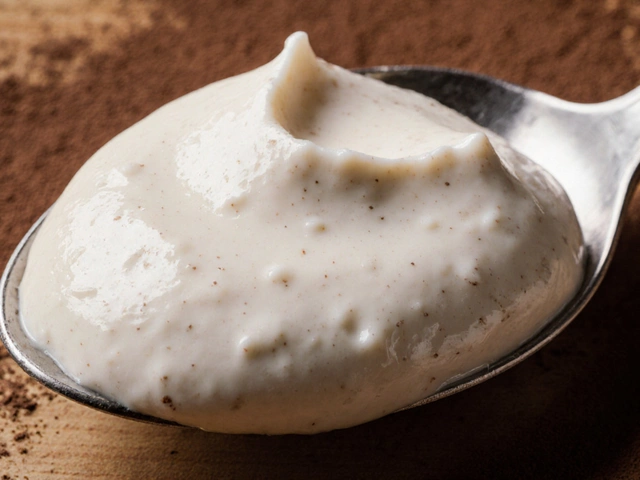Baking Ingredients: What Every Home Baker Needs
Ever opened your pantry and wondered why some recipes never turn out right? The culprit is often the ingredients you’re using. Below you’ll find the core items that should live in every baker’s kitchen, plus practical advice on how to keep them fresh and how to swap them when you’re in a pinch.
Core Staples and How to Choose Them
Flour is the backbone of most baked goods. All‑purpose flour works for cakes, cookies, and quick breads, but if you’re aiming for a lighter crumb, reach for cake flour. When you buy, check the pack date – fresher flour means better rise and flavor. If you notice a faint, musty smell, it’s time to replace it.
Sugar does more than sweeten. White granulated sugar helps with spreading, while brown sugar adds moisture and a caramel note. Store brown sugar in an airtight container with a slice of bread or a terra cotta piece to keep it from hardening.
Leavening agents – baking powder, baking soda, and yeast – are the magic that makes dough rise. Keep them in a cool, dry spot and replace them every six months; old leaveners can leave baked goods flat.
Fats like butter, shortening, and oil each bring a different texture. Butter adds flavor, shortening gives tenderness, and oil makes cakes moist. For butter, wrap it tightly in foil or parchment and store it in the fridge, then let it soften at room temperature before using.
Eggs provide structure and moisture. Store them in the original carton on a shelf, not the door, to keep the temperature stable. If a recipe calls for “large” eggs and you only have medium, add a small extra egg to compensate.
Smart Storage and Simple Substitutes
Keeping ingredients fresh saves money and improves taste. For dry goods like flour, sugar, and cocoa powder, use airtight jars and label them with the purchase date. A small piece of silica gel can help absorb any lurking moisture.
When you run out of something, there’s usually a backup. Need cocoa powder but only have melted chocolate? Melt it down, let it cool, and use it as a 1:1 swap in brownies. Out of buttermilk? Mix 1 tablespoon of lemon juice or vinegar with a cup of milk and let it sit for five minutes.
Spices go a long way in flavoring cakes and cookies. Keep a rotating stock of vanilla extract, cinnamon, nutmeg, and almond extract. If a recipe calls for vanilla beans and you only have extract, use three times the amount of extract for a comparable flavor.
Finally, don’t forget the optional boosters: sea salt to enhance sweetness, espresso powder to deepen chocolate, and toasted nuts for crunch. A pinch of these can turn a good bake into a great one.
By stocking these essentials, storing them right, and knowing a few handy swaps, you’ll spend less time troubleshooting and more time enjoying fresh, delicious results. Ready to bake your next masterpiece? Grab your pantry list, check those containers, and get mixing!






